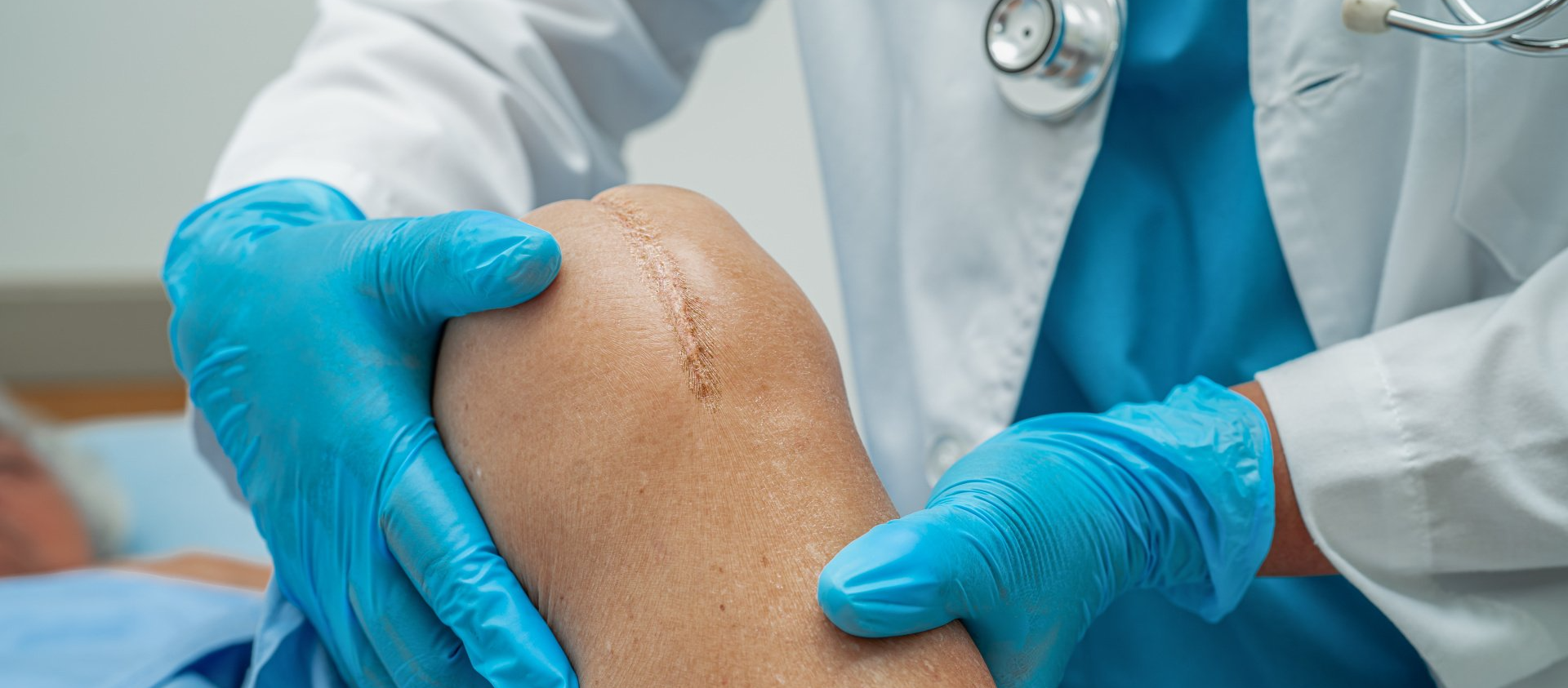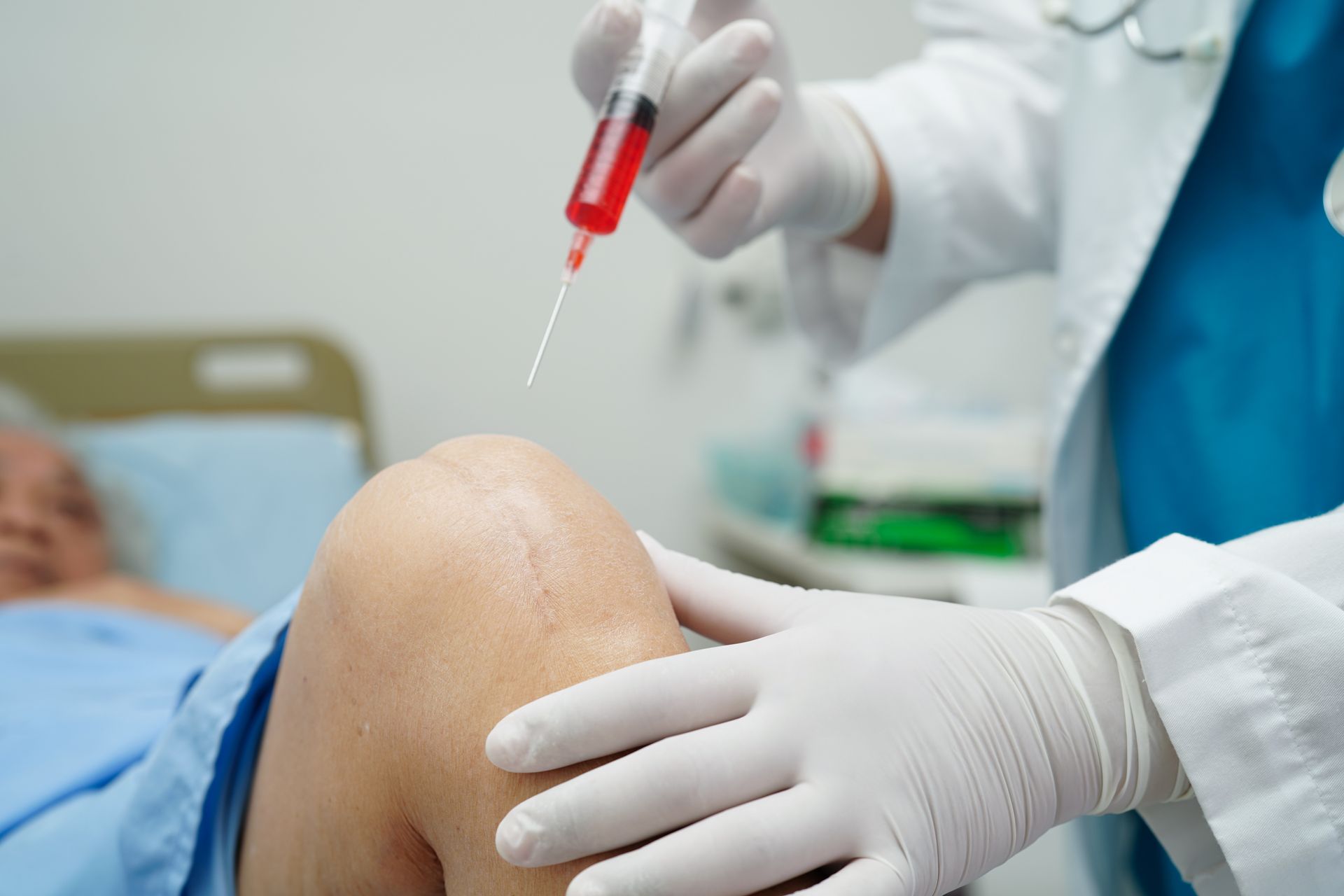Platelet-Rich Plasma Therapy in Baton Rouge
What is Platelet-Rich Plasma (PRP)?
Blood is composed of four main components: plasma, red blood cells, white blood cells, and platelets. Each of these components serves its own important purpose, with plasma and platelets serving significant roles in the healing process. Plasma is a liquid comprised primarily of water and protein that transports blood cells throughout the body along with antibodies, nutrients, and more. Platelets aid in the blood clotting process that helps the body heal from injury. They also contain hundreds of growth factor proteins which are another crucial element that aid in recovery. Platelet-rich plasma (PRP) is plasma that contains a concentrated amount of these platelets and growth factors, making its healing capabilities more potent.
How does Platelet-Rich Plasma Work?
PRP works to speed up and enhance the body’s own natural healing processes by infusing the injured area with concentrated growth factors. Injections of PRP are created by first drawing the patient’s own blood, separating the platelets, and increasing their concentration via a process known as centrifugation. Once the PRP has been fully prepared, it can be injected directly at the site of the injury along with an anesthetic for comfort.
What Conditions can be Treated with PRP?
PRP is becoming an increasingly relied upon treatment for a wide range of musculoskeletal conditions. Treatment of acute,
athletic injuries is perhaps the most well-known
application for PRP. However, PRP can be an effective option for chronic conditions as well and may be used in patients ranging from high school athletes to senior citizens.
Sudden, traumatic injuries to muscles, tendons, ligaments and bone can heal more quickly with the aid of platelet-rich plasma injections. On the other hand, chronic conditions like arthritis and tendonitis can be aided by reducing inflammation, increasing comfort, and improving functionality.

What Should You Know Before Undergoing PRP Therapy?
To ensure a patient’s safety and success of the PRP procedure, there may be some necessary steps to take beforehand. For instance, a physician may instruct their patient to begin taking aspirin or ibuprofen to help thin their blood. Conversely, patients may be asked to stop taking certain types of supplements and vitamins. Determining if any of these steps need to be taken will be determined on a case-by-case basis after thorough review and instruction from the doctor performing the injection. Additionally, because PRP does require drawing blood, patients should eat beforehand and ensure that they remain well-hydrated.
Who Cannot Receive PRP?
While PRP is a safe procedure with many upsides, there are still patients for whom the injections should not be performed. Reasons that may prevent an individual from being a PRP candidate include:
- Cancer
- Active infection
- Anemia
- Low platelet count
What Should You Expect After PRP Therapy?
Being a minimally invasive procedure using materials from your own body, PRP is typically well-tolerated by patients and requires minimal recovery time. Most are encouraged to rest for a day or two and some may experience minor swelling or temporary discomfort. However, the positive results of the injection are soon noticeable. While each case is different depending on the patient and condition treated, many begin to experience relief within a week of their procedure, and results often last six months or more.
Platelet-Rich Plasma Providers in Baton Rouge
JOSEPH E. BROYLES, M.D.
Joint Replacement Surgery
Hip and Knee Arthroscopy
Cartilage Regeneration




